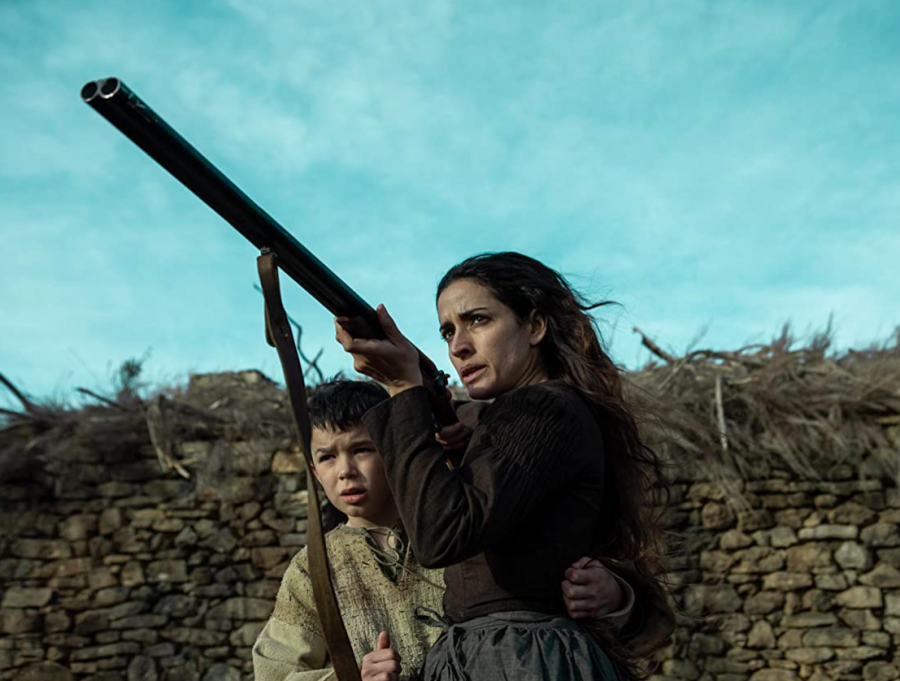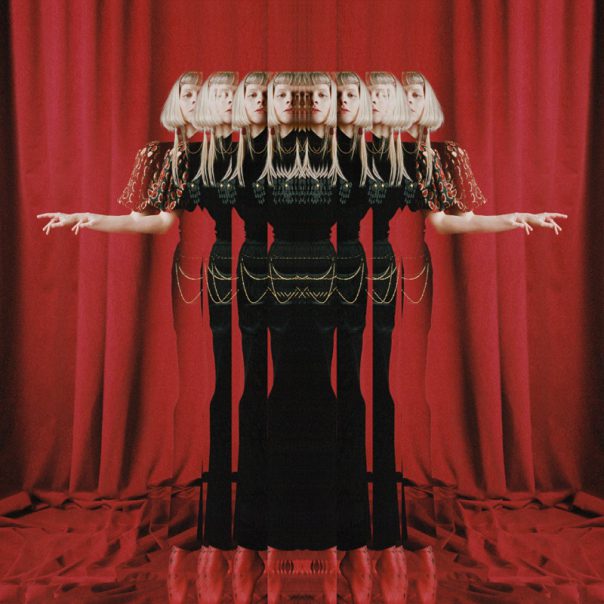The main purpose of coaching is to teach. Many coaches only get the opportunity to teach their athletes but some coaches at De Anza also have the added benefits of teaching classes outside of coaching.
“I wanted to coach and teach at the community college level because I have the opportunity to do both, teach and coach. Many coaching jobs at four-year universities do not allow the coach to teach any classes. They are strictly coaches of the respective sport. Here at De Anza I have the best of both worlds for my goals of employment,” said Coach Cheryl Owiesny.
Not only do the coaches/instructors teach the athletics, they also provide academic support to the athletes. According to Ron Warnock, dean of athletics at De Anza, all full-time coaches must have a Masters Degree in any form of Physical Education. The reason for this is that De Anza wants the coaches to participate academically as well.
The philosophy behind the coaching at De Anza is academics first and athletics second. Many coaches want to see their players advance to a four-year college, and earn their degrees. Not many athletes have what it takes to get a scholarship on the academic level, so they rely on athletics to bring them a scholarship. With the coach’s help, along with the rest of the Athletics Department, each athlete can advance to a university or college.
As a coach, and as an instructor, the main concern is to try to get the students to graduate.
“Relationships with students that have significance, allow peak performance,” said Mike Mitchell, Football Head Coach.
Even though many consider coaching as teaching, and teaching as coaching, there is a difference between both of them.
“Coaching involves elite players who are competitive and have played organized sports for a while. In the classroom, you have a variety of [students], many who have not participated in organized sports or in that particular sport in sometime,” said Oweisny.
Students and athletes look at coaches and instructors as role models because so many of them give their time and their knowledge to the students.
“Our coaches/instructors are out-of-sight,” said Warnock.
With a collective grade point average of 3.07 for its 377 athletes, De Anza emphasizes students achieving their goals or degree through education.








